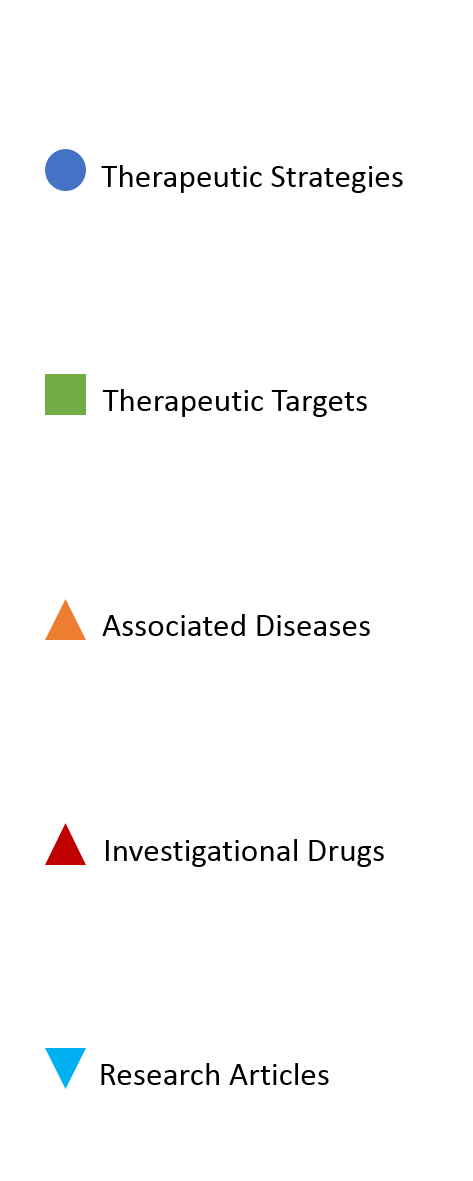Research Article Details
| Article ID: | A21495 |
| PMID: | 25278690 |
| Source: | World J Gastroenterol |
| Title: | Hepatocellular carcinoma in nonalcoholic fatty liver: role of environmental and genetic factors. |
| Abstract: | Hepatocellular carcinoma (HCC) is the fourth cause of cancer related mortality, and its incidence is rapidly increasing. Viral hepatitis, alcohol abuse, and exposure to hepatotoxins are major risk factors, but nonalcoholic fatty liver disease (NAFLD) associated with obesity, insulin resistance, and type 2 diabetes, is an increasingly recognized trigger, especially in developed countries. Older age, severity of insulin resistance and diabetes, and iron overload have been reported to predispose to HCC in this context. Remarkably, HCCs have been reported in non-cirrhotic livers in a higher proportion of cases in NAFLD patients than in other etiologies. Inherited factors have also been implicated to explain the different individual susceptibility to develop HCC, and their role seems magnified in fatty liver, where only a minority of affected subjects progresses to cancer. In particular, the common I148M variant of the PNPLA3 gene influencing hepatic lipid metabolism influences HCC risk independently of its effect on the progression of liver fibrosis. Recently, rare loss-of-function mutations in Apolipoprotein B resulting in very low density lipoproteins hepatic retention and in Telomerase reverse transcriptase influencing cellular senescence have also been linked to HCC in NAFLD. Indeed, hepatic stellate cells senescence has been suggested to bridge tissue aging with alterations of the intestinal microbiota in the pathogenesis of obesity-related HCC. A deeper understanding of the mechanisms mediating hepatic carcinogenesis during insulin resistance, and the identification of its genetic determinants will hopefully provide new diagnostic and therapeutic tools. |
| DOI: | 10.3748/wjg.v20.i36.12945 |

| Strategy ID | Therapy Strategy | Synonyms | Therapy Targets | Therapy Drugs | |
|---|---|---|---|---|---|
| S01 | Improve insulin resistance | insulin sensitizer; insulin resistance; glucose tolerance | Biguanide: increases 5-AMP activated protein kinase signaling; SGLT-2 inhibitor; Thiazalidinedione: selective PPAR-γ agonists; GLP-1 agonist | Metformin; Empagliflozin; Canagliflozin; Rosiglitazone; Pioglitazone; Liraglutide | Details |
| S02 | Enhance lipid metabolism | triglyceride-lowering; lipid tolerance; lipid metabolism | 3-hydroxy-3-methylglutaryl coenzyme A (HMG-CoA) inhibitor; Decreases intestinal cholesterol absorption; FXR agonist; ACC inhibitor; FAS inhibitor; DGAT2 inhibitor; SCD-1 inhibitor | Atorvastatin; Ezetimibe; Obeticholic Acid; GS-9674; GS-0976; TVB-2640; IONIS-DGAT2rx; Aramchol; | Details |
| S03 | Anti-fibrosis | fibrosis | Angiotensin Receptor Blocker (ARB); CCR2/CCR5 antagonist; Thyroid receptor β agonist; PEGylated human FGF21 analogue; Monoclonal antibody to lysyl oxidase-like 2 (LOXL2); Galectin-3 inhibitor; FGF19 variant | Losartan; Cenicriviroc; VK-2809; MGL-3196; Pegbelfermin; Simtuzumab; GR-MD-02; NGM282 | Details |
| Target ID | Target Name | GENE | Action | Class | UniProtKB ID | Entry Name |
|---|
| Diseases ID | DO ID | Disease Name | Definition | Class | |
|---|---|---|---|---|---|
| I05 | 9352 | Type 2 diabetes mellitus | A diabetes that is characterized by chronic hyperglycaemia with disturbances of carbohydrate, fat and protein metabolism resulting from defects in insulin secretion, insulin action, or both. A diabetes mellitus that is characterized by high blood sugar, insulin resistance, and relative lack of insulin. http://en.wikipedia.org/wiki/Diabetes, http://en.wikipedia.org/wiki/Diabetes_mellitus_type_2 | disease of metabolism/inherited metabolic disorder/ carbohydrate metabolic disorder/glucose metabolism disease/diabetes/ diabetes mellitus | Details |
| I14 | 9970 | Obesity | An overnutrition that is characterized by excess body fat, traditionally defined as an elevated ratio of weight to height (specifically 30 kilograms per meter squared), has_material_basis_in a multifactorial etiology related to excess nutrition intake, decreased caloric utilization, and genetic susceptibility, and possibly medications and certain disorders of metabolism, endocrine function, and mental illness. https://en.wikipedia.org/wiki/Obesity | disease of metabolism/acquired metabolic disease/ nutrition disease/overnutrition | Details |
